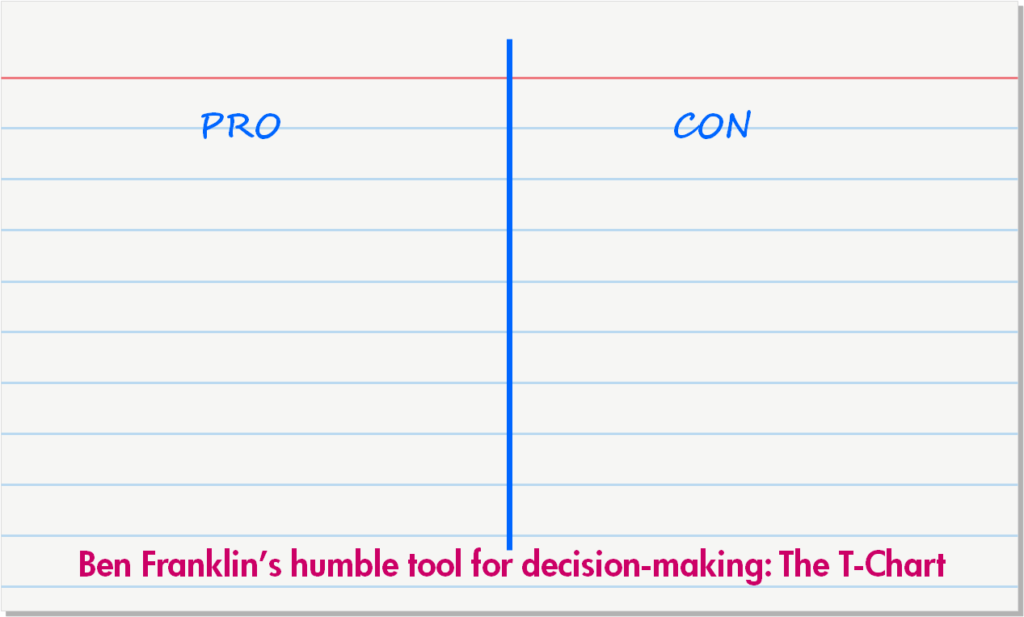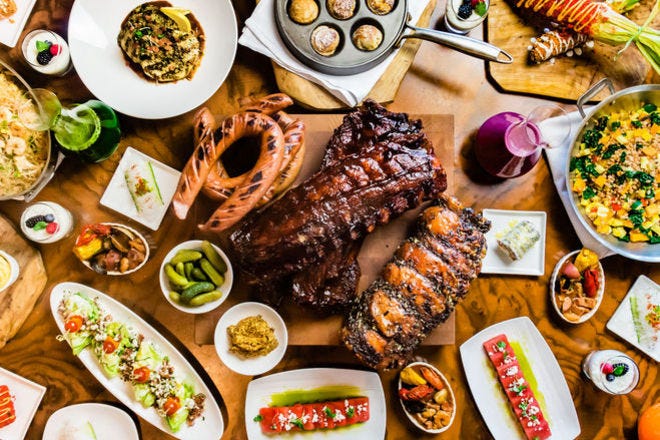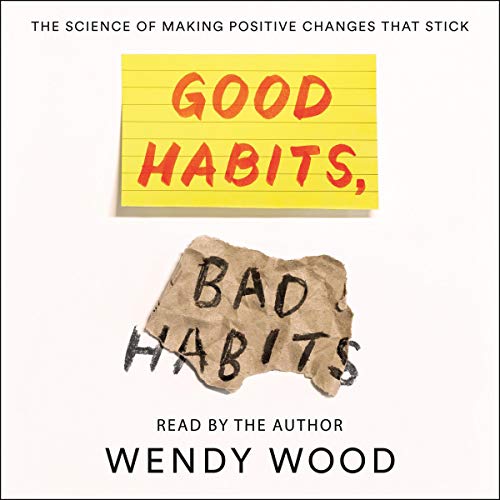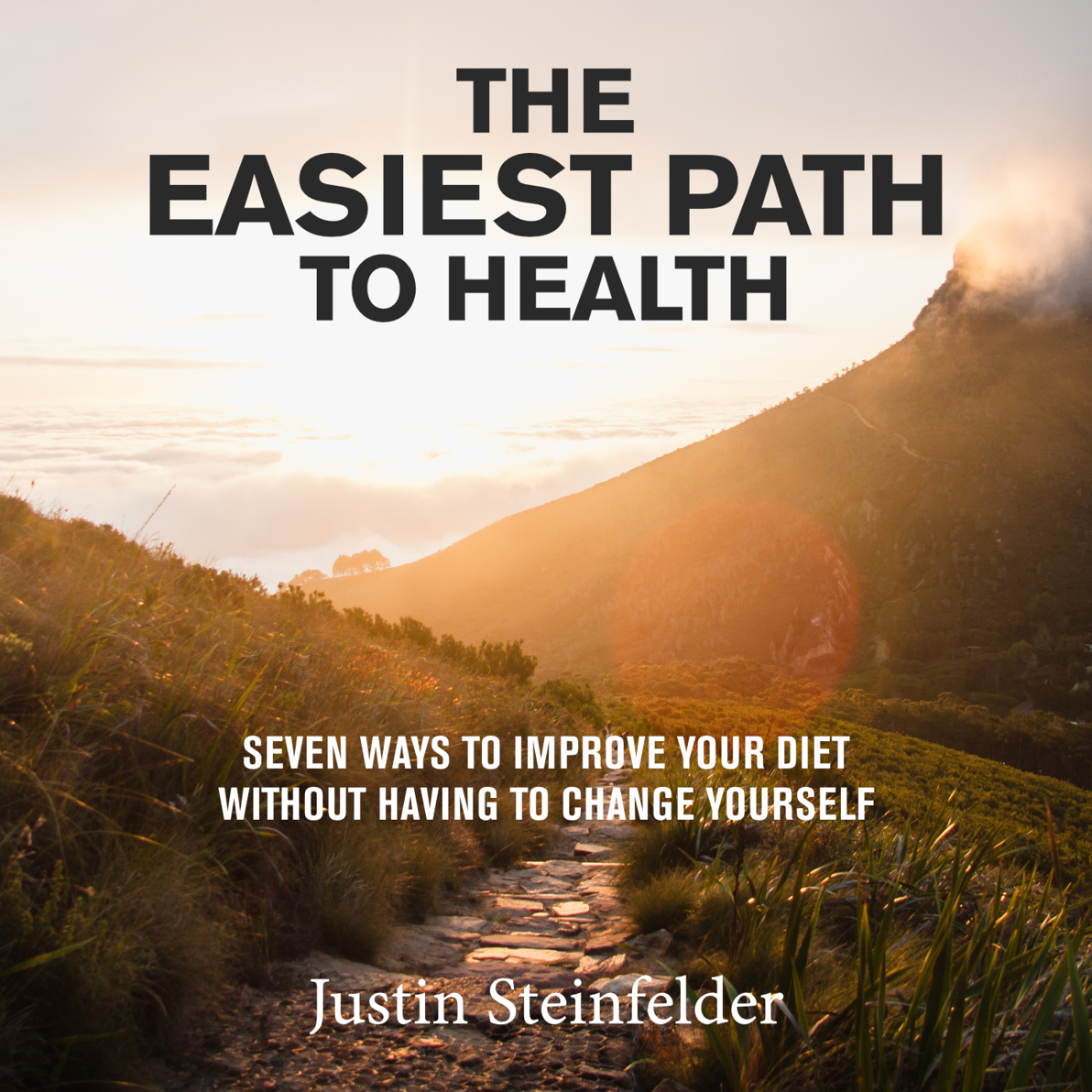Reading time: 8 minutes, or less than half the time than it takes the entire grit-eating world to make grits.
WE ALL KNOW THAT HEAVY DRINKING is not good for us.
But, while we don’t want liver disease, we’d like to hold onto some of the benefits: fun, liquid courage, a good excuse to go streaking through the quad. The answer, of course, is drinking in moderation.
Last time we saw that “moderation” can be a slippery term, but luckily, when it comes to alcohol, the definition of “moderate consumption” has already been determined. Hasn’t it?
If you google: “moderate drinking,” it appears 1-2 drinks per night (depending on your size and sex) would qualify as drinking in moderation. In fact, there has even been evidence suggesting a glass or two of, say, cabernet, per night qualifies not only as moderate, but actually healthy[1]. This makes a lot of people very excited. As one noted writer and physician likes to say: people love to read good news about their bad habits.
Unfortunately, the wino’s dream news is turning out to be misleading at best, and dead-wrong at worst. A 2016 global study published in The Lancet measured alcohol consumption data from nearly 200 countries over 25 years. The researchers found that the supposed health benefits suggested by previous studies were based on biased and bad data (small samples, confounding factors, etc).
The conclusion was jolting: “The widely held view of the health benefits of alcohol needs revising, particularly as improved methods and analyses continue to show how much alcohol use contributes to global death and disability.” They summed it up a clear opinion on the matter:
“Our results show that the safest level of drinking is none.”
BUT EVEN IF WE KNOW SOMETHING IS UNHEALTHY, it doesn’t mean we’re willing to get rid of it. We know that warm cookies top with vanilla bean ice cream aren’t health foods, but even I’ll indulge in a chocolate chip skillet here and there.
And it’s the same with alcohol. Even if it’s unhealthy, it’s nice to have a glass of wine over dinner with friends, or at the end of a long week, or the beginning of a long naked jog.
So how do we do both? How do we indulge when we want to, but become effective at employing the “everything in moderation” tactic in practice?
In other words–how do we have our cab and drink it too…sometimes?
Last time we looked to Aristotle’s Academy and go nowhere. The Golden Mean turns out to mean nothing more than “a reasonable amount under the circumstances.” Heavy-duty lawyer-speak that has driven plaintiffs and defendants insane for centuries.
Luckily, the behavioral sciences got a hold of this concept and vetted the best practices. Then, your friendly correspondent, Ze’ Dilettante, applied the best of those findings, and has provided below the three things that seem to work best. They are:
- Make the Rules (bright line)
- Break The Rules (faturday)
- All Part of The Plan (the joker)
Ok, let’s get to it.
Bottoms up.
Moderator #1: Make The Rules
Define What You Want

I hate to pull out Benny Franklin’s “T” chart on ya, but unfortunately, Poor Richard was onto something. To decide what you want with respect to alcohol (as much else) requires that you think about both the risks and rewards.
For some, the hazy science on a glass or two of wine per night (or 7-14 drinks per week), is a good place to live. Hey, you get all the social, emotional, and perceived physical benefits with apparently minimal side effects (and a pipe-dream of health). Sounds like a good deal.
As a regular Food Prude, I’m a little more bearish than the average drunken bloke. The fact that alcohol is rated as a “Known Human Carcinogen” (i.e. it’s a likely cause of cancer), and has been recently degraded to the “no amount is safe” category, I’ve lowered my consumption to about 1 drink per week (or less), often going weeks at a time without any alcohol at all. (Curiously, over the same period, I’ve also seen a sharp decline in the amount of people desiring to hangout with me. It’s probably unrelated…).
But whatever your “moderate” is here, the point is this: to keep to it, you must first name it.
Bottom Line: how much is your “moderate?” Decide it, remember it, write it down, take a picture. You get it.
Draw A Bright Line

Roy Baumeister, a leading researcher in the area of self-control and willpower cites the importance of bright line rules in his book, Willpower. Baumeister warns:
“If you promise yourself to drink or smoke ‘moderately,’ that’s not a bright line. It’s a fuzzy boundary with no obvious point at which you go from moderation to excess… In contrast, zero tolerance is a bright line: total abstinence with no exceptions anytime.”
A bright line rule for alcohol that many draw is: no drinking Sunday – Wednesday. Another one is the hard-line, two drinks per night maximum (an amount that would leave me under the table and dreaming).
With respect to diet, one bright line rule that I follow is: no eating after 7pm. The reason, if you’re curious, I’ve developed from my “T” chart. I’ve looked at a lot of the evidence on the potentially negative impacts of eating later in the evening, and have decided that, in most circumstances, the cons outweigh the pros.
But whatever your “what” — the amount you want to stick to— and whatever the bright line you draw, the key is that you never cross it. If you draw the line, but then sometimes step over it, say if it’s a business trip one Monday, or Taco Tuesday with a friend from out of town, the line quickly fades.
But like many “nevers”— there is one very limited exception. And that’s rule #2.
Rule #2: Break The Rules (The Cheat Day)

The Cheat Day has become some what of a weekly holiday for the chronically dieting. It’s even picked up some creative nicknames such as: Sweet Day, Carb Party, Tons’a’fun, It’s My Party and I’ll Fry if I Want To, and the always popular, Faturday.
A cheat day is one day a week where you can break your godly bright line rules. That’s right, eat all of the carbs or animal or animal crackers that you want. It’s a ton of fun (until the tummy pains start rollin in around sundown).
The idea behind it is this: if you dedicate a day of hedonism, you won’t feel quite as restricted when you deny yourself during the week. And if you dedicate a day where it is allowed, well then it isn’t really cheating. Just like cheating on your husband while in a different area code: it doesn’t count.
My mom used to employ the cheat day to stop me and my brother and sister from cursing. We weren’t allowed to say the “F” word during the week, but, once a week, she would put maybe 2-3 minutes on the microwave timer and allow us to let the expletives fly. We’d indulge heavily, firing off a barrage of bitches and shits and fucks (sorry for the language).
I’m not sure if this actually lead to less cursing, but it was definitely funny.
But what about employing the cheat day to help ourselves? Does it work? Let’s see what the science says.
The Science

Baumeister references a group of studies presented unknowing, randomized participants with attractive junk foods (like peanut M&Ms) and asked them to either deny themselves as in a bright line (“never”) or permit consumption later on (“no for now, but later yes”).
The researchers predicted that the one’s who drew a bright line would have an easier time limiting desire and avoiding eating more of them later. But the opposite happened.
The “not now, but later” crew desired, and ultimately ate, less junk food later on, even though they permitted themselves to eat it later.
Baumeister concluded: “when you swear off something altogether and then finally give in, you say, What the hell, and gorge yourself.” An effect known literally, as the “what the hell” effect.
“So when it comes to food,” Baumeister advises, “never say never. When the dessert cart arrives, don’t gaze longingly at forbidden treats. Vow that you will eat all of them sooner or later, but just not tonight.”
Given that the cheat day allows you to effectively grant yourself a culinary IOU, you don’t have to restrict yourself of something completely, just for now. This act seems to have the added bonus of actually substituting for the desire itself, ultimately substantially diluting it.
Bottom line: never say never; say later.
Rule #3 – All Part of The Plan

WHEN HEATH LEDGER’S JOKER visits a burned Harvey Dent in the hospital disguised as a nurse, he says something that is very relevant to cheat days:
“Nobody panics when things go ‘according to plan.’ Even if the plan is horrifying! If, tomorrow, I tell the press that, like, a gang banger will get shot, or a truckload of soldiers will be blown up, nobody panics, because it’s all ‘part of the plan.’ But when I say that one little old mayor will die, well then everyone loses their minds.”
THE BIG MISTAKE WITH CHEAT DAYS is when they grow out of their normally contained one meal or one day per week into: “whenever I feel like it.” Just like the Joker told us, when something is ‘part of the plan’— in our case, a cheat day— it doesn’t shatter the original structure.
But, the second you stray from the planned cheat day and use your moderation mantra on a random Tuesday, it’s like shooting one little mayor. Chaos ensues.
The Science

In her new book, Good Habits, Bad Habits, researcher Wendy Wood suggests something unexpected about the people who consistently test out as having high amounts of self-control— they don’t.
Well, not necessarily. What the people with high amounts of self-control are good at is not fighting off croissants and cookies with incredible willpower. They are good at planning ahead to know when they are going to be exposed and when they are not. To spare their self-control, they will avoid the bakery or the pub all together. But if they want to allow some wiggle room, they will simply go and count on the worst case scenario.
Adam Grant has shown us that Originals are not great risk-takers, they are risk-mitigators. Likewise for the self-controlled. The people that seem to have the highest willpower are not super-human, they’re super-humble.
The bottom line: plan when you want to allow to let loose and when you’d like to keep the bright line tight. According to the science, you’ll likely find that, in this way, you can both have your cab, and drink it too…sometimes.
Quick review
..and then a round’a Boilermakers on Seabass? Alrighty then.
- Make the Rules. First, define what you want to do based on the evidence. Second, draw a bright line rule and never ever ever cross it. Well, almost never.
- Break the Rules. Allow for a ceremonial bright line foot-fault on a dedicated Faturday.
- All Part of The Plan. Make sure to plan the cheats and at all other times, act Puritan Poor Rich.

Besos,
Justy
[1] Some of this health claim was not only based on the apparent lowering of heart disease risk but on the specific virtues of the red wine— namely an antioxidant called resveratrol. The two issues that have been pointed out with this theory is (1) the amount in a glass of red wine has not been shown in humans to have any practical benefit and (2) if there is a benefit, it’s not from the alcohol but from the grape— so just eat grapes.



One Comment on “Moderation Application: How To Have Your Cab And Drink It Too…Sometimes”
I loved this blog!! Especially since you mentioned the momzy! What about the opposite? Like “starving your body”? Only in moderation? Where does that fit in?
Love you,
The Momzy